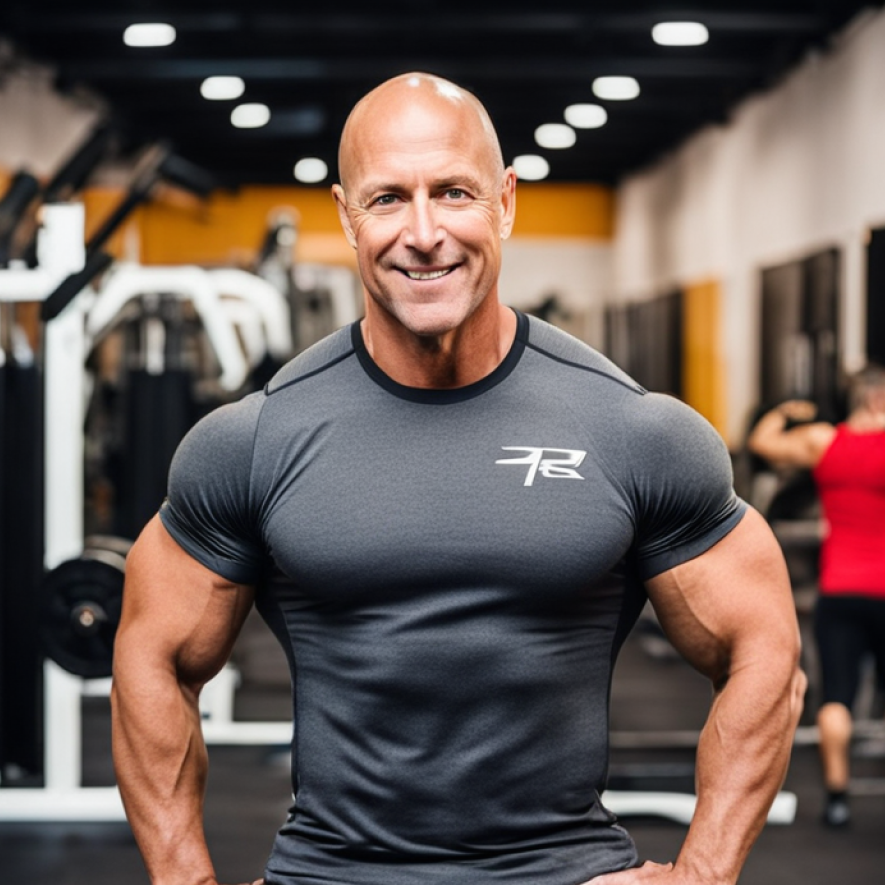Tendon injuries, the battle scars of relentless sports pursuits, often plague athletes. These injuries, born of overuse, aging, or sudden misfortune, unleash debilitating agony. The road to recovery for ruptured tendons is fraught with challenges, and surgical intervention often becomes the last resort. Tendons, composed of tenacious tendon fibroblasts and a matrix laden with type I and type III collagen, rarely regain their former strength and resilience.
The healing process for tendons unfolds in three arduous stages:
- Inflammation
- Regeneration
- Remodeling
During the regeneration phase, tenacious tendon fibroblasts muster their forces, migrating to the battleground of injury. They multiply and commence the intricate task of crafting a new extracellular matrix, weaving a web of collagens and glycoproteins. This process, while essential, is painstakingly slow, leaving the healed tendon perpetually weaker than its pre-injury self.
In light of these grim realities, the dire need arises for innovative therapies capable of expediting healing and bolstering tendon strength.
Enter BPC-157: A Healing Warrior
BPC-157, a formidable 15-amino-acid fragment extracted from human gastric juice, emerges as a beacon of hope. Resistant to enzymatic digestion, this robust molecule has demonstrated remarkable healing prowess in diverse tissues, from skin and mucosa to cornea, muscle, tendon, ligament, and bone, as evidenced in animal studies.
BPC-157 Unleashes Its Arsenal: Mechanisms of Action
BPC-157's mission of catalyzing muscle and tendon healing hinges on a critical process: angiogenesis. By stimulating the formation of new blood vessels through increased VEGF (vascular endothelial growth factor), it charts a course toward regeneration and recovery.
Moreover, BPC-157 obstructs the inhibitory influence of 4-hydroxynonenal, a molecule that dampens the healing process. It empowers tendon cells to amplify their growth signaling receptors, expediting the repair process. A guardian against inflammation, BPC-157 further accelerates the healing of wounds, ulcers, and tissue trauma.
While the full spectrum of BPC-157's mechanisms remains shrouded in mystery, tantalizing hints suggest its involvement with nitric oxide (NO), the FAK-paxillin pathway, VEGF, and the upregulation of growth hormone receptors.
Tendon and Ligament Salvation

Intriguingly, BPC-157's healing prowess extends to tendons. In animals afflicted with Achilles tendon injuries, BPC-157 injections nearly orchestrate complete recovery, a feat unmatched by control subjects. By fueling the growth and proliferation of tendon fibroblasts, BPC-157 sparks a resurgence, reigniting the healing flame.
BPC-157's potency extends beyond tendons to muscles. In creatures with muscle lacerations or contusions, this peptide rises to the challenge, expediting healing. Remarkably, even when administered alongside corticosteroids, notorious for slowing the recovery process, BPC-157 stands its ground, rendering healing impairments insignificant. It not only revives muscle functionality but also curtails muscle degradation.
Overcoming Limitations: A Path Forward
While rodents and small mammals serve as trusted allies in research, extrapolating these findings to humans demands caution. Human physiology differs vastly from that of rodents, making it imperative to await successful human trials. Nevertheless, given BPC-157's origin in human gastric juices, a modicum of safety can be assumed. Yet, we tread cautiously, leaving no stone unturned in the quest to unveil the full extent of BPC-157's benefits beyond the realm of research animals.
In Conclusion: A Glimpse of Promising Horizons
In the annals of research, BPC-157 shines as a beacon of hope for soft tissue healing. While predominantly limited to small animal models, its true potential in human subjects remains uncharted. As we await further revelations and human trials, one thing remains clear: BPC-157 could usher in a new era of conservative therapy, offering solace and recovery in the realm of vascular and cellular soft tissues, from tendons to ligaments.






